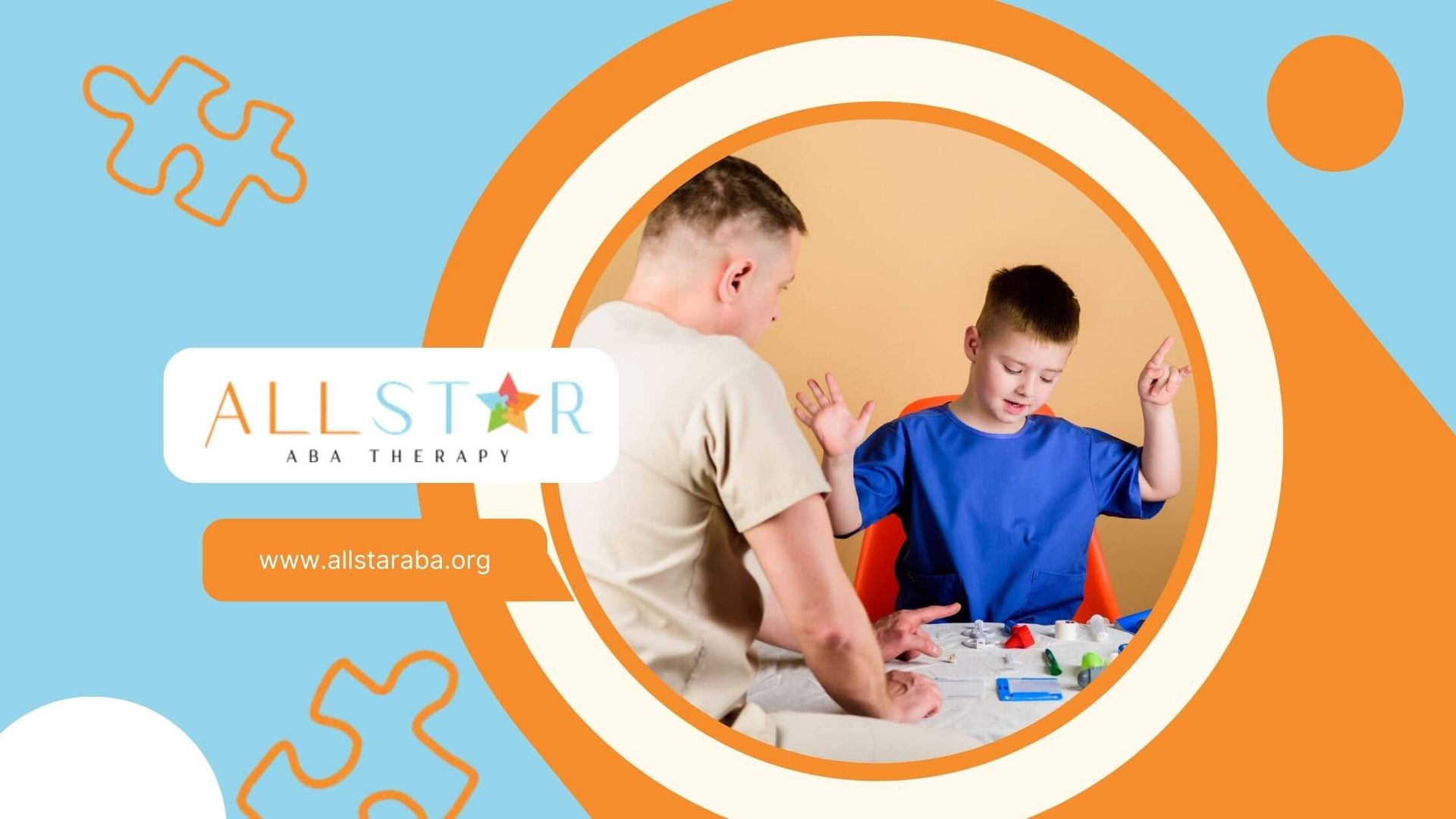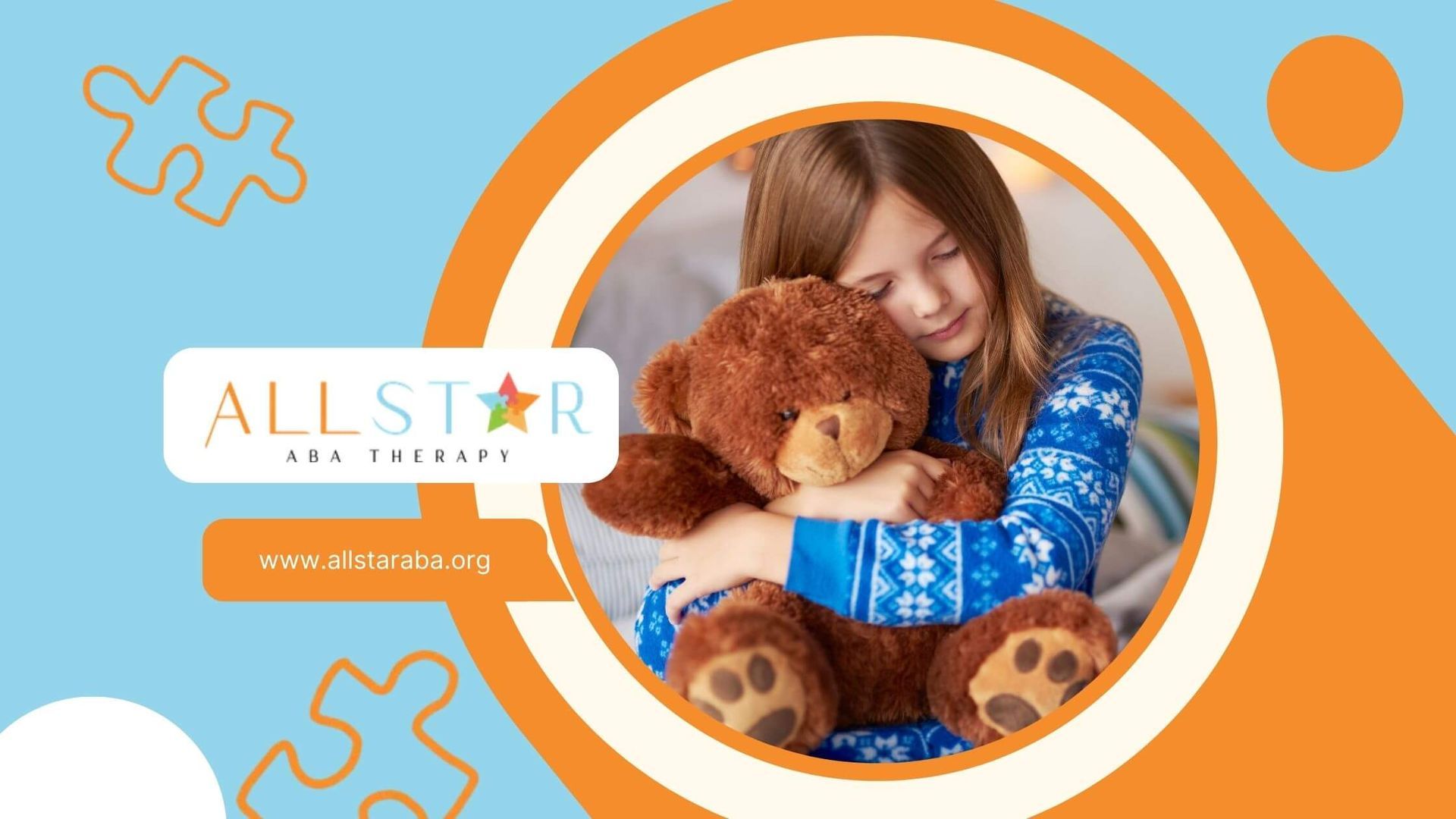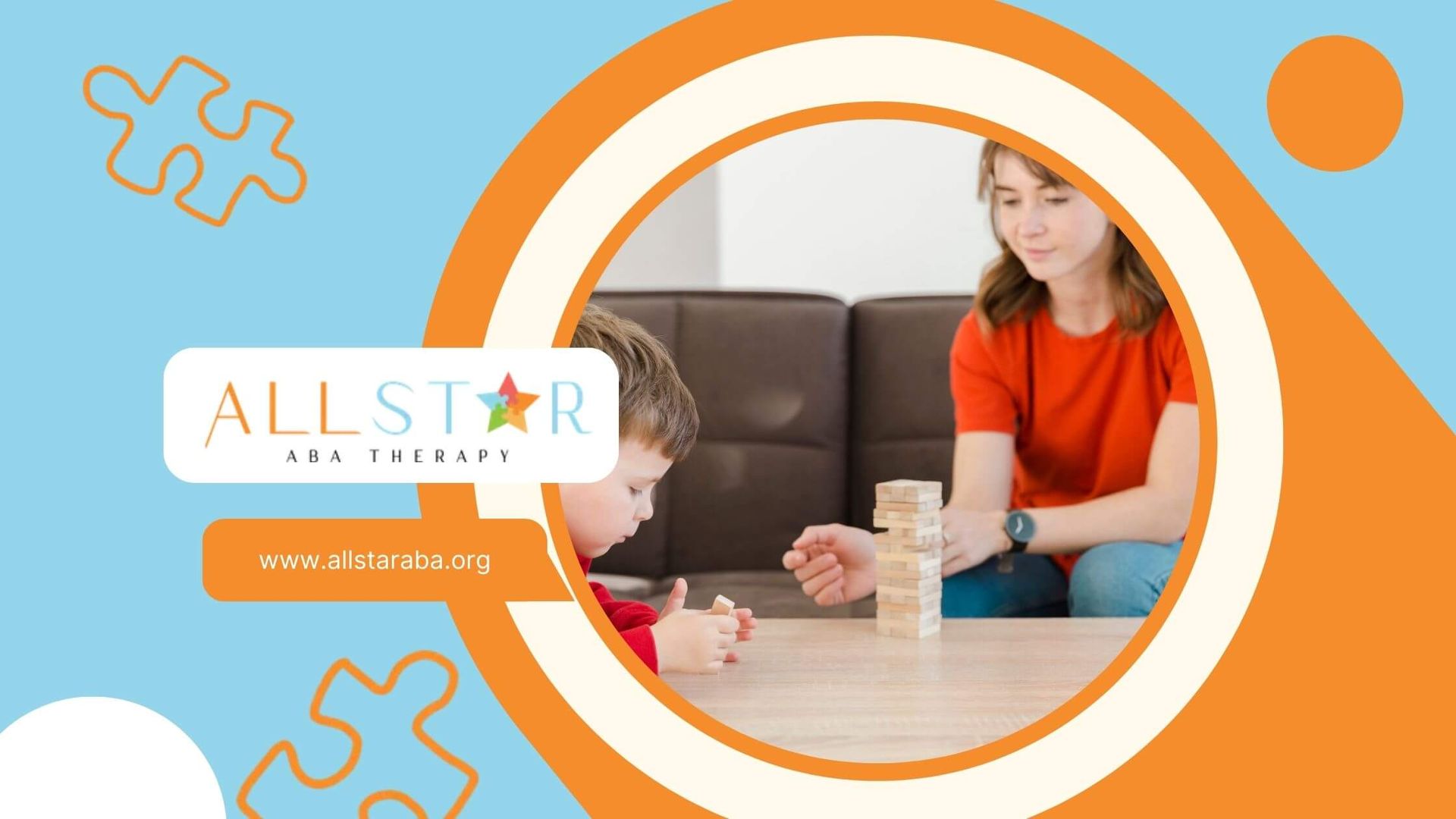New Paragraph
Exploring Autism Communication Challenges in Adults
Introduction
Autism Spectrum Disorder (ASD) is a neurodevelopmental condition that affects both autistic children and adults. Along with the core features of repetitive behaviors and social difficulties, communication challenges are a key component of ASD. While much attention has been given to communication challenges in autistic children, it is equally important to explore the unique communication difficulties faced by autistic adults.
Autistic adults may encounter a range of communication challenges, which can vary in intensity and scope. These challenges can impact their ability to express themselves effectively and understand the information communicated by others. Recognizing and understanding these challenges is crucial for creating a more inclusive and supportive environment for autistic individuals.
This blog will delve into the various communication challenges experienced by autistic adults. We will explore the difficulties in both nonverbal and verbal communication, discuss the wide spectrum of communication in autism, debunk misconceptions, and provide strategies for improved communication. By understanding and addressing these challenges, we can foster better communication and empower autistic voices in society.
Identifying Autism Communication Challenges in Adults
Communication difficulties associated with autism can persist into adulthood, presenting unique challenges for autistic individuals in their daily lives and social interactions. Autistic adults may encounter diverse challenges in communication, with the intensity and scope varying considerably across individuals.
One of the key areas of communication challenges for autistic adults is social communication. This encompasses difficulties in interpreting and utilizing nonverbal cues such as facial expressions, body language, tone of voice, and eye contact. Autistic individuals may struggle to accurately interpret these cues, leading to misunderstandings in social interactions. Similarly, expressing emotions and social cues can be challenging, impacting their ability to build emotional connections and navigate social norms.
Another aspect of communication challenges in autism is language processing difficulties. Autistic individuals often exhibit a preference for literal interpretations of language, which can make it difficult for them to understand sarcasm, humor, and figurative language. This can lead to misunderstandings and missed social cues in conversations. Additionally, sensory overload can also impact language processing, with loud noises and visual distractions affecting their ability to focus on auditory information.
Overall, identifying and understanding these communication challenges is essential for providing appropriate support and strategies to enhance communication in autistic adults. By recognizing the unique difficulties faced by autistic individuals, we can work towards creating a more inclusive and understanding society.
Understanding Non-Verbal Communication Difficulties
Nonverbal communication plays a crucial role in social interactions, but autistic adults may face challenges in understanding and utilizing nonverbal cues effectively. These difficulties can impact their ability to interpret others' emotions and intentions, as well as express their own feelings and intentions. Some specific nonverbal communication challenges faced by autistic adults include:
- Facial Expressions: Autistic individuals may struggle to recognize and interpret facial expressions accurately, leading to misunderstandings in social interactions.
- Body Language: Understanding body language cues, such as posture and gestures, can be challenging for autistic adults, making it harder for them to convey their intentions and emotions.
- Eye Contact: Autistic individuals may find sustained eye contact uncomfortable or distracting, leading them to avoid eye contact or have fleeting glances, which can be misinterpreted by others.
- Sensory Overload: The sensory overload experienced by many autistic individuals can make it difficult for them to process nonverbal cues effectively, as their attention may be diverted by external stimuli.
Despite these challenges, it is important to note that some autistic individuals may excel in nonverbal communication. They may utilize gestures, facial expressions, and other visual cues effectively, enhancing their message delivery and creating deeper connections. It is crucial to recognize and respect the diverse range of nonverbal communication styles among autistic individuals and adapt communication strategies accordingly.
Recognizing the Nuances of Verbal Communication
Understanding verbal communication nuances is vital for interacting effectively with autistic adults. Variations in tone, pitch, and emphasis can significantly alter the message's meaning. Autistic individuals may struggle with figurative language, jokes, or sarcasm due to difficulties interpreting subtleties. It's essential to speak clearly and be direct, avoiding ambiguous phrases. Acknowledging these nuances fosters clearer communication, bridging the gap between autistic and neurotypical individuals. Developing sensitivity to verbal cues enhances overall interactions and promotes meaningful conversations.
The Spectrum of Communication in Autism
Varied communication styles among adults with autism showcase a diverse range of methods to convey their thoughts and emotions. From subtle problems with nonverbal cues to challenges in expressing their needs, the spectrum of autistic communication is vast. It emphasizes the importance of recognizing and accommodating individual differences in communication styles. Understanding this spectrum helps in bridging the communication gap between neurotypical people and autistic individuals, promoting empathy and effective interaction.
Varied Communication Styles Among Adults with Autism
Autistic adults exhibit diverse communication styles influenced by ASD traits. Some individuals prefer direct language and may struggle with nuances like sarcasm, while others excel in structured interactions. Visual aids or technology play key roles in enhancing communication. Understanding these varied styles fosters effective interactions and reduces misunderstandings, bridging the communication gap between neurotypical people and autistic adults. Tailoring approaches to individual preferences is essential in navigating the complex landscape of communication for adults with autism.
The Significance of Context in Communication
Context plays a crucial role in understanding communication for autistic adults. It helps interpret nuances missed in direct interactions. Misunderstandings can arise due to literal interpretations without considering situational cues. Recognizing the impact of context aids in effective communication strategies tailored to specific environments. Without context awareness, messages may be misinterpreted, leading to communication breakdowns. By grasping the significance of context, communication partners can enhance their interactions and bridge the gap that often occurs in autistic communication.
Misconceptions About Autism and Communication
While some misconceptions exist around autism and communication, it's crucial to dispel myths. Autism doesn't equate to a lack of desire to connect; rather, communication may manifest uniquely. Stereotypes suggesting individuals with autism lack emotions or empathy are false. Language difficulties or atypical communication styles do not indicate disinterest. Understanding and accommodating these differences fosters meaningful interactions and relationships, creating a more inclusive society.
Debunking Myths Around Social Interaction
Autism and communication difficulties in adults are often surrounded by misconceptions, especially in the realm of social interaction. One common myth is that autistic individuals lack interest in forming relationships. In reality, many adults with autism desire social connections but face challenges in expressing themselves conventionally. Another misconception revolves around the belief that autistic people cannot engage in small talk or navigate social situations. However, with the right support and understanding, individuals on the autism spectrum can develop effective communication strategies and participate in social interactions successfully.
Challenging Stereotypes About Language Use
Perceptions often stereotype adults with autism as lacking language skills, but this oversimplification disregards the spectrum's true complexity. While some individuals may face language-related challenges, others showcase exceptional linguistic abilities. It's crucial to move beyond these misconceptions and recognize the diverse language capabilities within the autistic community. By challenging these stereotypes about language use, society can foster a more inclusive environment that celebrates the varied communication strengths present among autistic adults.
Strategies for Improved Communication
Utilizing technology such as augmentative and alternative communication (AAC) devices can enhance engagement. Personalizing communication methods to suit individual preferences and needs is crucial for effective interaction. By incorporating visual aids and clarifications, misunderstandings can be minimized. Tailoring communication strategies to the specific communication partner can further bridge the communication gap. Implementing these strategies can significantly improve the overall quality of communication for autistic adults.
Utilizing Technology for Better Engagement
Technology plays a vital role in enhancing communication for adults with autism. Utilizing Augmentative and Alternative Communication (AAC) apps on tablets can facilitate better engagement. These tools aid in clarifying communication, reducing misunderstandings, and bridging the communication gap. By leveraging visual supports and interactive features, individuals can express themselves effectively. Incorporating technology into communication strategies can significantly improve the overall communication experience for autistic adults.
Personalizing Communication Methods
Tailoring communication methods to suit individual needs is crucial in supporting autistic adults. By understanding their preferences and challenges, personalized approaches can enhance interaction. These methods may include adjusting speaking pace, using visual aids like picture schedules, or incorporating alternative communication tools such as sign language or AAC devices. Recognizing and adapting to each person's unique communication style fosters better understanding and connection, bridging the communication gap effectively.
The Role of Support Systems in Enhancing Communication
Family involvement plays a crucial role in supporting adults with autism in enhancing their communication skills. By actively engaging with communication strategies at home, family members can create a nurturing environment that fosters effective interaction. Additionally, professional support and therapeutic interventions offer tailored guidance for addressing specific communication challenges, aiding in the development of robust communication abilities. Working in tandem, family support and professional interventions form a cohesive network that empowers individuals with autism to navigate and improve their communication skills effectively.
Family Involvement in Communication Strategies
Engaging family in communication strategies is vital for adults with autism. They can provide crucial support in navigating social interactions and understanding nonverbal cues. By involving family members, autistic individuals can practice communication skills in a comfortable environment. Families can also assist in clarifying misunderstandings and offering emotional support, bridging the communication gap effectively. Their involvement enhances communication development and fosters stronger relationships within the family unit, creating a conducive atmosphere for practicing and improving communication skills.
Professional Support and Therapeutic Interventions
Professional support and therapeutic interventions play a vital role in assisting adults with autism in improving their communication skills. Speech therapists and speech pathologists offer tailored interventions to address specific communication needs. The use of augmentative and alternative communication (AAC) devices, such as tablets, aids in clarifying communication and reducing misunderstandings. By providing specialized support, these professionals bridge the communication gap and help individuals with autism navigate social interactions more effectively.
Navigating Social Relationships and Autism
Building and maintaining friendships can be complex for autistic individuals due to challenges in social interaction. Understanding the nuances of communication, like interpreting facial expressions and body language, can be particularly demanding. Romantic relationships also present unique communication dynamics that may require additional support. Navigating social relationships involves deciphering social cues, handling misunderstandings, and fostering meaningful connections, highlighting the importance of tailored strategies and awareness in enhancing social interactions for adults with autism.
Building and Maintaining Friendships
Individuals with autism may struggle in maintaining friendships due to difficulties in social interaction. Building relationships can be challenging as autistic people may find it hard to understand social cues and engage in small talk. To maintain friendships, clear communication strategies tailored to the individual's needs are essential. Providing support in navigating social situations and fostering understanding between neurotypical individuals and those with autism can help bridge the communication gap and promote lasting friendships.
Romantic Relationships and Communication Dynamics
Navigating romantic relationships can pose unique challenges for adults with autism. Communication dynamics play a crucial role in fostering understanding and emotional connection in such relationships. Issues with interpreting subtle social cues, expressing emotions effectively, or navigating nonverbal communication can impact the dynamics. Building trust and clear communication, while acknowledging and accommodating differences in communication styles, are essential for nurturing successful romantic relationships for individuals on the autism spectrum.
Workplace Communication for Adults with Autism
Navigating workplace communication for adults with autism involves addressing specific challenges such as sensory overload, difficulties in interpreting body language, and struggles with subtle social cues. Providing clear communication guidelines, using visual aids, incorporating structured routines, and offering individualized support are effective strategies. Advocacy for workplace accommodations, cultivating understanding among colleagues, and promoting inclusive environments can significantly enhance communication and productivity for autistic individuals in professional settings.
Overcoming Professional Communication Barriers
Navigating professional settings can present unique challenges for adults with autism. Overcoming communication barriers in the workplace involves tailored support and understanding. Providing clear instructions, allowing extra processing time, and creating a sensory-friendly environment can enhance communication. Addressing misconceptions and fostering inclusivity are crucial steps. Training colleagues on autism awareness and advocating for reasonable workplace accommodations play pivotal roles in creating a supportive communication environment for autistic individuals.
Advocacy and Self-Expression in the Workplace
Advocacy and self-expression in the workplace play crucial roles in empowering individuals with autism and communication difficulties. Self-advocacy allows employees to express their needs and preferences effectively while promoting awareness among colleagues. Encouraging open dialogue and providing platforms for self-expression can foster a supportive work environment where diverse communication styles are valued. Advocacy initiatives aiming to promote inclusivity and understanding can contribute significantly to creating harmonious workplaces for individuals with autism.
Conclusion
In conclusion, understanding and addressing the communication challenges faced by adults with autism are crucial for fostering meaningful connections and supporting their well-being. By recognizing the nuances of verbal and non-verbal communication, debunking misconceptions, and implementing personalized strategies, we can enhance engagement and promote social relationships. The role of support systems, including family involvement and professional interventions, plays a vital part in navigating social interactions and promoting successful communication in various settings, including the workplace. Embracing inclusive communication practices and advocating for self-expression can empower individuals with autism to thrive in their personal and professional lives.
Need Support?
We're Here to Help!
Our experienced team is ready to assist you. Reach out today to discuss how we can support your child's development and well-being.
Get started with expert ABA therapy today.








